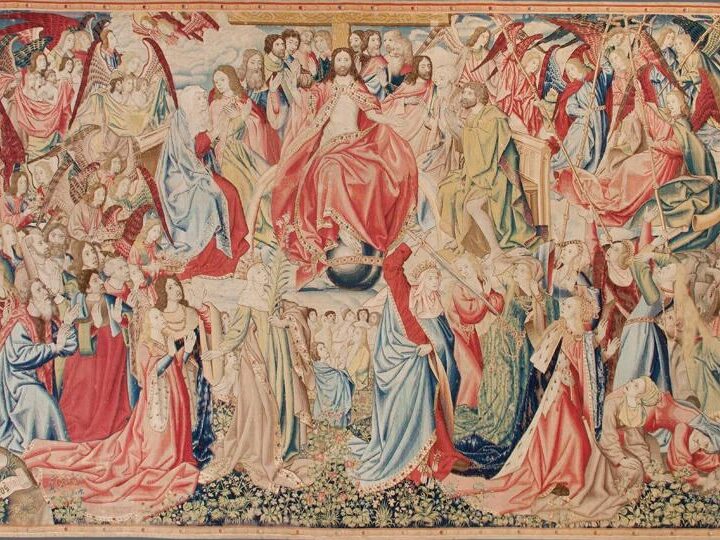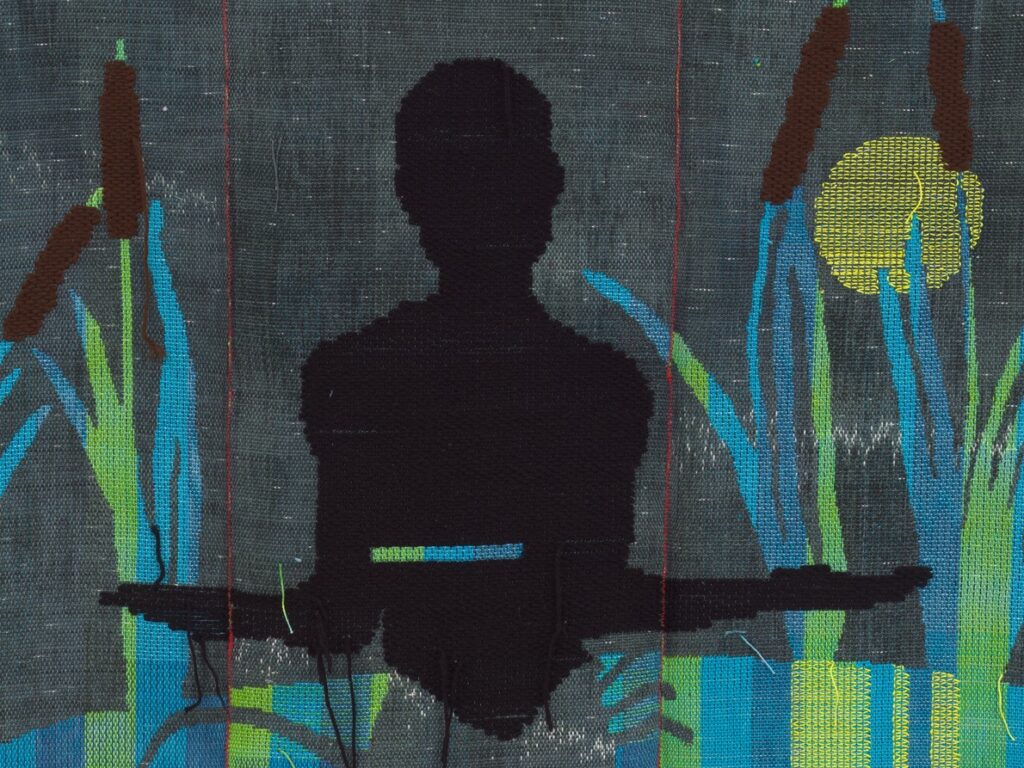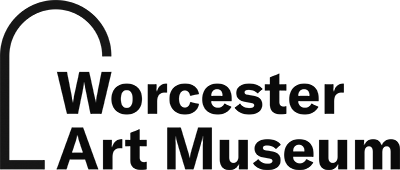

Worcester, MA—February 6, 2025—This spring, the Worcester Art Museum (WAM) will present From the Vault: Collecting Tapestries at the Worcester Art Museum, a survey of tapestry production through seven centuries of Western art and a millennium of weaving tradition. The exhibition explores the history and function of tapestries as an artistic form, the different methods by which they were created, and their important role as a source of creativity and innovation across disparate cultures and time periods. The exhibition will feature nearly 30 works, including 12 full, large-format tapestries—many of which are rarely on view because of their sensitivity to light and, in some cases, delicate condition. Among these works is a 16th-century Flemish Last Judgment tapestry (measuring over 12 feet tall and over 26 feet wide), a 17th-century Norwegian work The Wise and Foolish Virgins, and Jean Lurçat’s 1937 Harvest Time. These tapestries demonstrate the remarkable skill of the artists in illustrating intricate and vibrant scenes from history, mythology, and religion. From the Vault: Collecting Tapestries at the Worcester Art Museum will open May 3 and remain on view through July 27.
As part of the exhibition, the Museum has acquired a new work by the Los Angeles-based artist Diedrick Brackens, known for his intricate weavings that explore themes of identity, race, and queerness through his own narratives. Titled dream disk, the work is woven with cotton yarn—a material Brackens employs due to its deep ties to American history and the African American experience, which imbues his work with additional layers of cultural and historical significance.
“Tapestries have long been understood as an integral part of a well-rounded museum collection due to their far-stretching history in the artistic production of cultures from around the globe.” said Claire C. Whitner, the Museum’s Director of Curatorial Affairs and James A. Welu Curator of European Art. “By bringing these extraordinary works out of storage and into the gallery—some for the first time, others for the first time in years—we introduce new audiences to an art form that represents the culmination of collaboration between artists and artisans, hours of planning, and in some cases years of fabrication. To ensure that they remain vibrant well into the future, we only show them for short periods of time, which makes this exhibition a particularly special event.”
“Tapestries have been an essential part of the Worcester Art Museum’s collection since its founding, reflecting the collecting tastes and priorities in the Museum’s first decades, and celebrating major gifts and purchases over the past 127 years at WAM,” said Delaney Keenan, Assistant Curator of European Art. “Tapestries have long been prized for their beauty and complexity—throughout history tapestries were often more expensive than paintings due to their material and the collaborative, laborious process of weaving. This exhibition will also be a rare opportunity to learn about the steps museums must take to preserve them today. We were fortunate to work with a skilled textile conservator to structurally stabilize the tapestries and attached modern conservation-quality hanging hardware to provide visitors the opportunity to see many works on the wall for the first time in a decade.”
The exhibition will delve into the intricate process of tapestry production, illuminating the technical artistry behind these works. Visitors will explore how the warp (the vertical threads stretched on the loom) and the weft (the horizontal threads woven through) interact to create the detailed narrative imagery that defines early modern tapestry. By showcasing examples of unfinished fragments, tapestry panels employed for furniture construction, and pieces of larger series, the exhibition will reveal the skill, labor, and creativity involved in translating a design into a woven masterpiece. Additionally, it will highlight the collaborative enterprise of tapestry-making, from the artist’s initial proposed image (called a cartoon) to the craftsmanship of the teams of skilled weavers who bring the vision to life on the loom.
Among the highlighted works of the exhibition are:
- Two Flemish tapestries depicting scenes from the Trojan War, [The Centaur (The Sagittary Fighting the Greeks)] and [Palamedes Killing Deiphobus; Calchas urging the discouraged Greeks, including Achilles], made around 1475. Acquired by notable Worcester collector Aldus Chapin Higgins in 1937, the works were given to WAM from the estate of Mrs. Aldus Chapin Higgins in 1970 but have rarely been on public view here.
- One panel from a series of six 16th-century Flemish tapestries depicting major moments in the life of the Roman emperor Titus. Given to the museum in 1942 from “Mrs. Harry Payne Whitney,” the married name of Gertrude Vanderbilt Whitney, a notable collector and founder of the Whitney Museum of American Art, this important suite of tapestries will all be illustrated in full color for the first time by WAM in the accompanying catalogue.
- The 16th-century Last Judgment tapestry, acquired by the museum in 1935 and among the most significant Renaissance tapestries in America. The last in a set of ten panels that depicted different moments in the allegorical history of Christianity, the large-scale work—measuring 12.1 x 26.2 feet—features nearly 100 figures encircling Christ, in a vast array of positions and emotion. From 2014-2016, the work underwent an extensive cleaning and conservation treatment at The Royal Manufacturers De Wit, a world leader in tapestry conservation in Belgium.
- Three 17th-century Norwegian tapestries acquired by the Museum in 1929. Attributed to a Workshop in Vaage, these three examples depict the following biblical scenes: The Wise and Foolish Virgins, Feast of Herod and Decapitation of St. John, and Adoration of the Magi and Three Kings Going to Bethlehem.
- Harvest Time, a 1937 work by French artist Jean Lurçat (1892–1966) who is celebrated for reviving the art of modern tapestry and reimagining it as a powerful medium for contemporary expression, emphasizing bold forms and vivid colors. Woven at Aubusson in 1937, the tapestry was purchased by Aldus C. Higgins as an example of contemporary art and given to WAM shortly after in 1938.
In addition to large-scale tapestries, the exhibition will include numerous fragments, from ancient Coptic Egyptian weavings to examples from the Ancient Americas. Despite their smaller scale, these objects reveal the long and wide-reaching history tapestry has as a technical art form—and the changing production styles across time and geography—as well as the ways in which different kinds of patterns were developed and incorporated.
From the Vault: Collecting Tapestries at the Worcester Art Museum is curated by Delaney Keenan, Assistant Curator of European Art, in collaboration with Claire C. Whitner, the Museum’s Director of Curatorial Affairs and James A. Welu Curator of European Art. The exhibition will be accompanied by a range of public programs, including an event on June 22nd with Thomas Campbell, one of the world’s foremost tapestry experts, also known for his tenure as Director and CEO of the Metropolitan Museum of Art, and his current position as the Director and Chief Executive Officer of the Fine Arts Museums of San Francisco.
This exhibition is generously supported by the Fletcher Foundation.
About the Worcester Art Museum
The Worcester Art Museum creates transformative programs and exhibitions, drawing on its exceptional collection of art. Dating from 3000 BCE to the present, these works provide the foundation for a focus on audience engagement, connecting visitors of all ages and abilities with inspiring art and demonstrating its enduring relevance to daily life. Creative initiatives—including pioneering collaborative programs with local schools, fresh approaches to exhibition design and in-gallery teaching, and a long history of studio class instruction—offer opportunities for diverse audiences to experience art and learn both from and with artists.
The Worcester Art Museum, located at 55 Salisbury Street in Worcester, MA, is open Wednesday through Sunday from 10 am to 4 pm. For information on admission and discounts, visit https://www.worcesterart.org/visit. Museum parking is free.
Images left to right:
Colijn de Coter, The Last Judgment, about 1500, wool and silk tapestry, Museum Purchase, 1935.2
Diedrick Brackens, dream disk, 2024, cotton and acrylic yarn, Museum purchase through the Gift of Jean McDonough. © Diedrick Brackens. Courtesy of the artist, Jack Shainman Gallery, New York and Various Small Fires, Los Angeles.
For more information, please contact:
Madeline Feller
Worcester Art Museum
MadelineFeller@worcesterart.org
508-793-4373
Sascha Freudenheim
PAVE Communications & Consulting
sascha@paveconsult.com
917-544-6057

